| | Years ago, before our continuing drought forced itself into our every-day consciousness, I used to look forward to June as the time to transplant a last group of tomatoes to provide fruit through the fall cool-down and sometimes into the new year. But, some five to seven years ago, I started noticing that those last group of plants weren’t establishing themselves well, I was having to water them more just to assure their survival, and I wasn’t getting my reward of many tomatoes setting and ripening up before they gave up due to the extreme stress of the summer heat. So I stopped planting that late. It turned out that even May plantings were at risk. Instead, mid- to the end of April planting was the latest that’d result in vigorous plants and a good yield – even when we had our “usual” week of over-100-degree temperatures. So I concentrated in choosing varieties that ranged broadly in maturity dates to assure that I benefitted from a long bearing period; and usually cherry tomatoes kept producing through the heat and into the fall. Ditto for planting beans, cucumbers and squash that late. And corn planted this late perhaps will develop “smut” or “huitlacoche”, a fungus that’s despised or prized according to cultural culinary appreciation or not. Of course, your garden may still do well planting any of these veggies now, especially if you’re in more coastal climes. And experimenting is always fun and results in at least some goodies. I’m just bringing this issue up so you’ll not be too disappointed if and when your upcoming summer pattern follows mine, especially with the water restrictions that are being mandated throughout Southern California. And to hope that you’ll also change your soil-preparation and seeding and plant-planting practices to concentrate on our cooler-season fall, winter, and spring to get everything happily developing and bearing! Maintaining Growth and Harvests For your tomatoes that are already nicely set with ripening fruit, keep them well-watered especially during over-90-degree temperatures to encourage them to continue setting new blossoms. As air temperatures rise and stay high consistently, fewer blossoms will set due to the shift in hormones. So you want to have as much fruit already set while temperatures are below 90 so they’ll ripen until blossoming starts again once the temperatures settle down below 90 for a couple of weeks. After watering tomatoes, scatter a bit of general-purpose fertilizer (with all 3 NPK numbers about the same) and then water again to melt it into the moist soil. This will provide plants with some additional nutrition for their continuing exertions in blossoming, setting fruit, and ripening the fruit. Hormones stop producing blossoms similarly if too many fruits are left ripening on beans, cucumbers, eggplants, and squashes. Vegetables that are left to continue maturing too long will produce a chemical that inhibits further blossoming. So, keep the fruits harvested every other day or so as they achieve the size you want, so the plants keep putting out more blossoms for more fruits to mature later. Keep harvesting herb foliage. Nip off the tips to encourage more bushy delicately-flavored greenery. Remove blossoms whenever they appear so the plant won’t get “side-tracked” into producing seeds instead of more tender foliage. For tips on drying herb foliage, see my 4/26/16 blog, Harvesting Herbs for Fresh and Dry Use. Lift vine vegetable fruits like squash and pumpkins and melons up onto cans or berry baskets to put them out of reach of snails, slugs, other critters and soil-borne diseases, and up into the air so they’ll absorb more of the sun’s heat and therefore ripen more. Planting flower bulbs can be done any time of year since they contain their own “fertilizer pack”. However, choose to purchase and plant bulbs according to their growing and blooming seasons, and whether or not they need to have the soil where they’re planted completely dry out during their dormant season, whether this is summer or winter. Late-summer-color bulbs to plant now include tuberous begonias, cannas, gladiolus, montbretias, and tigridias. Mulch, Mulch, Mulch! Organic matter such as compost, leaves or grass clippings will temper the drying and heating effect of the sun, and irrigation will be more effective with less frequency and quantity. For more garden tasks, see June and July. |
|
0 Comments
|
Categories |
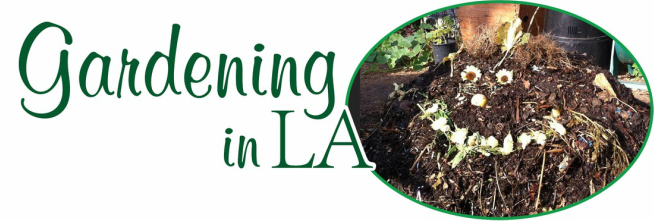
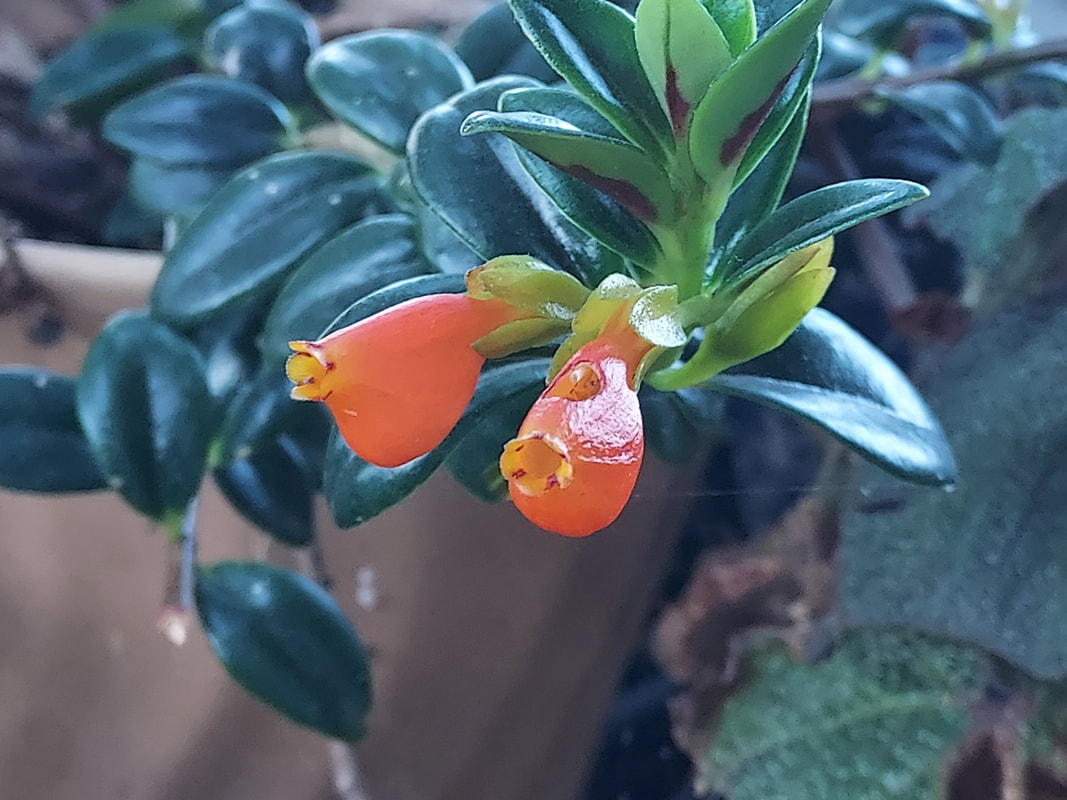
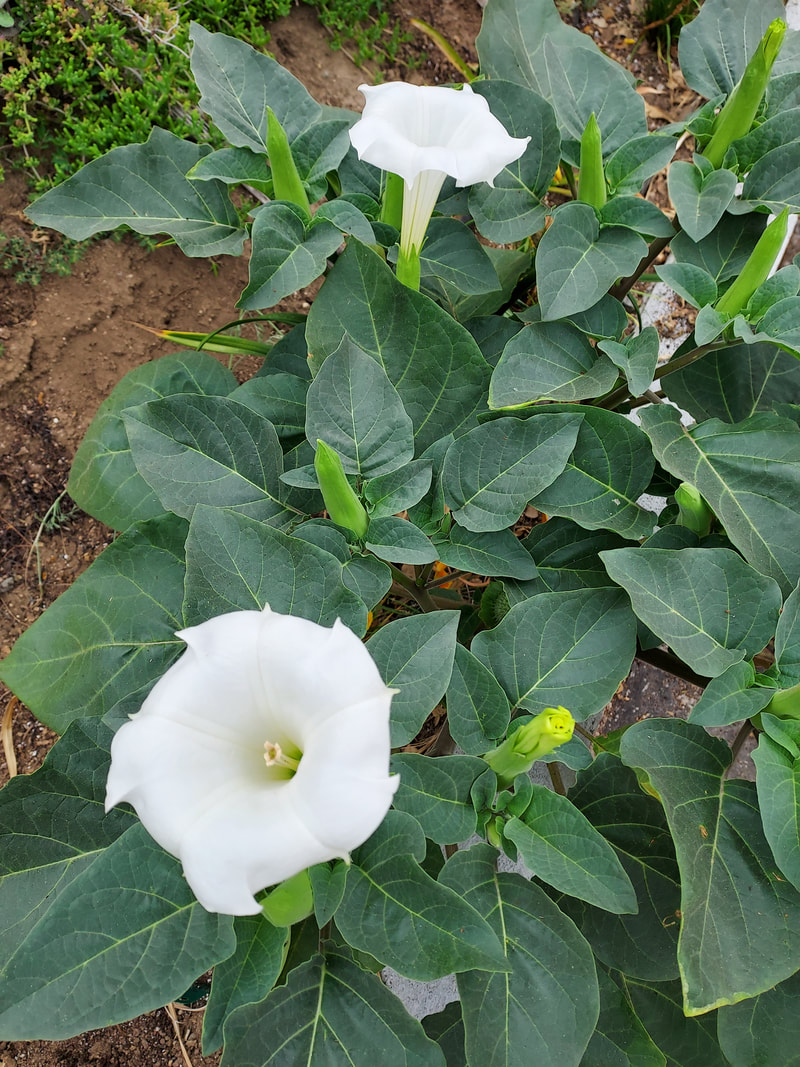
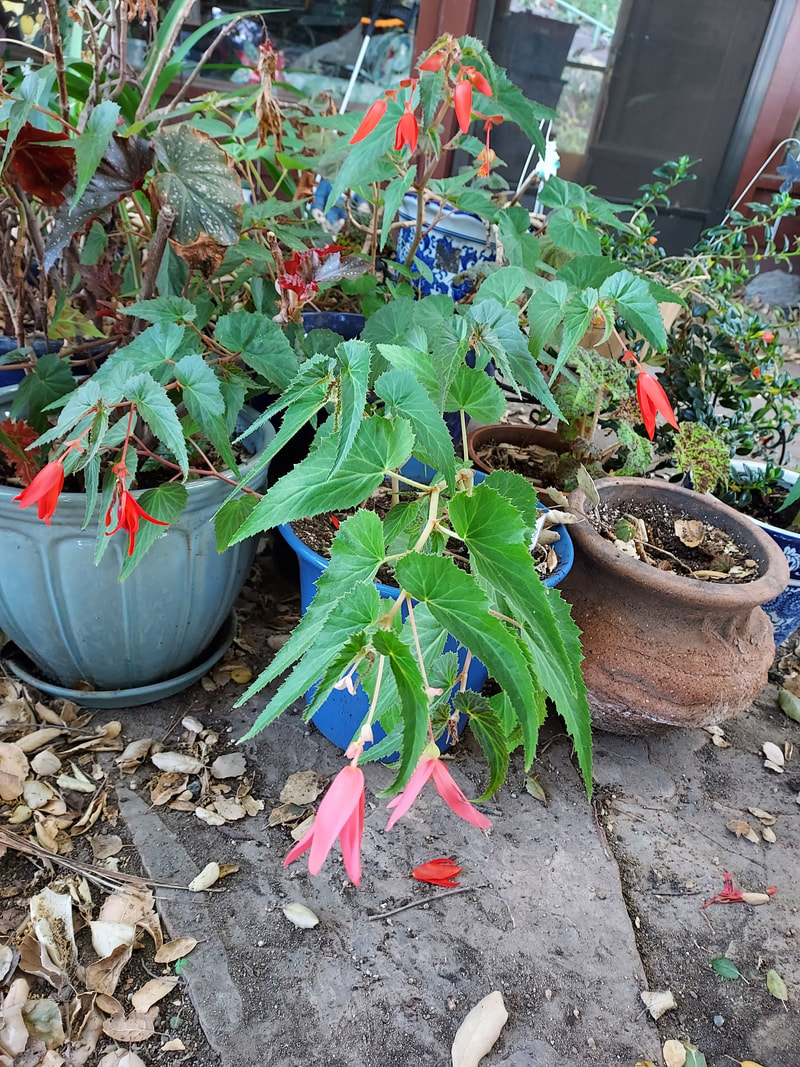
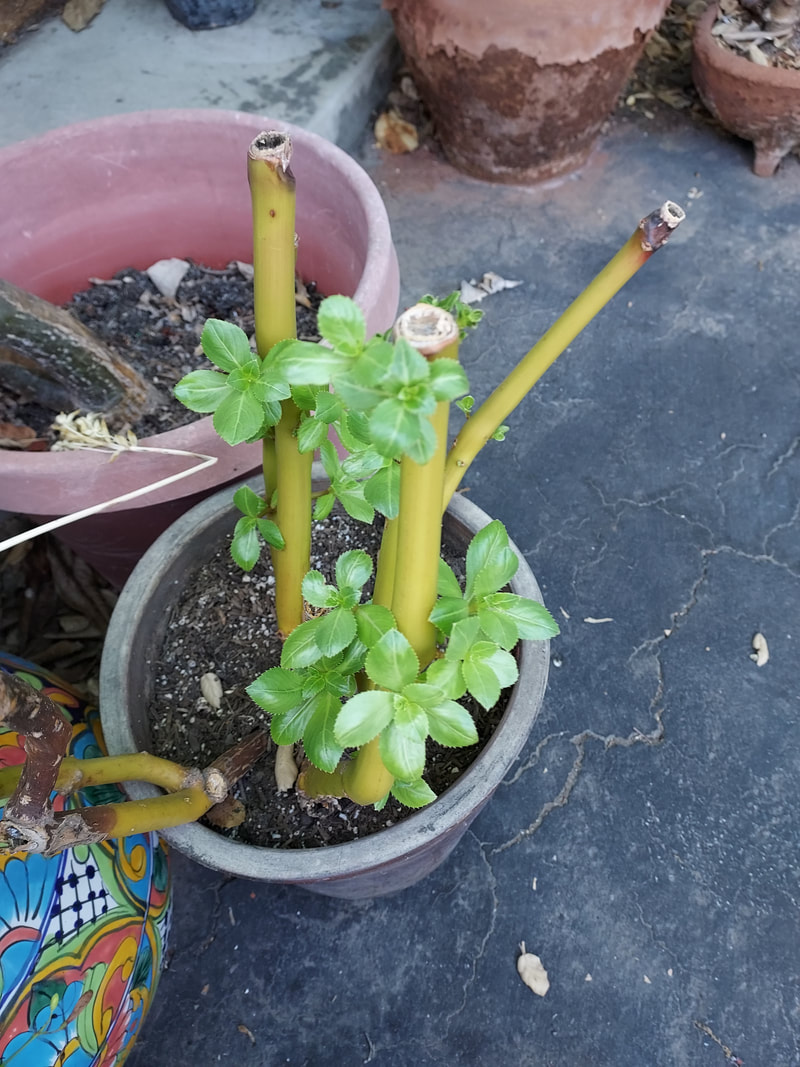
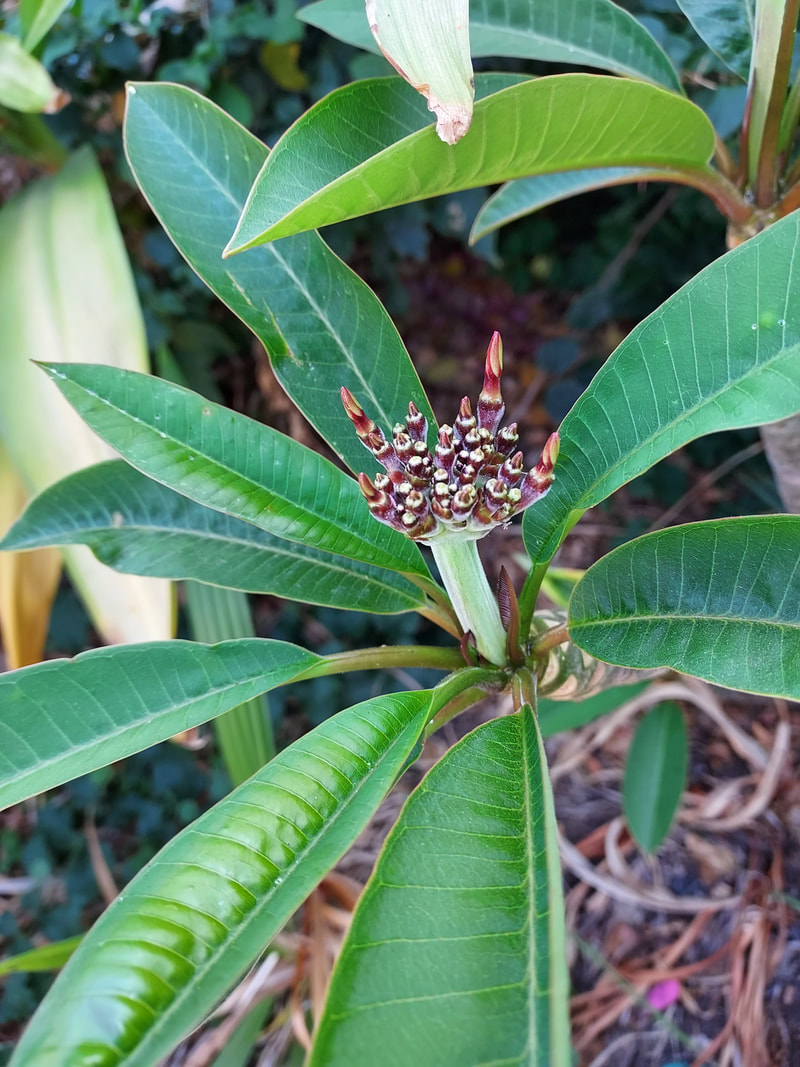
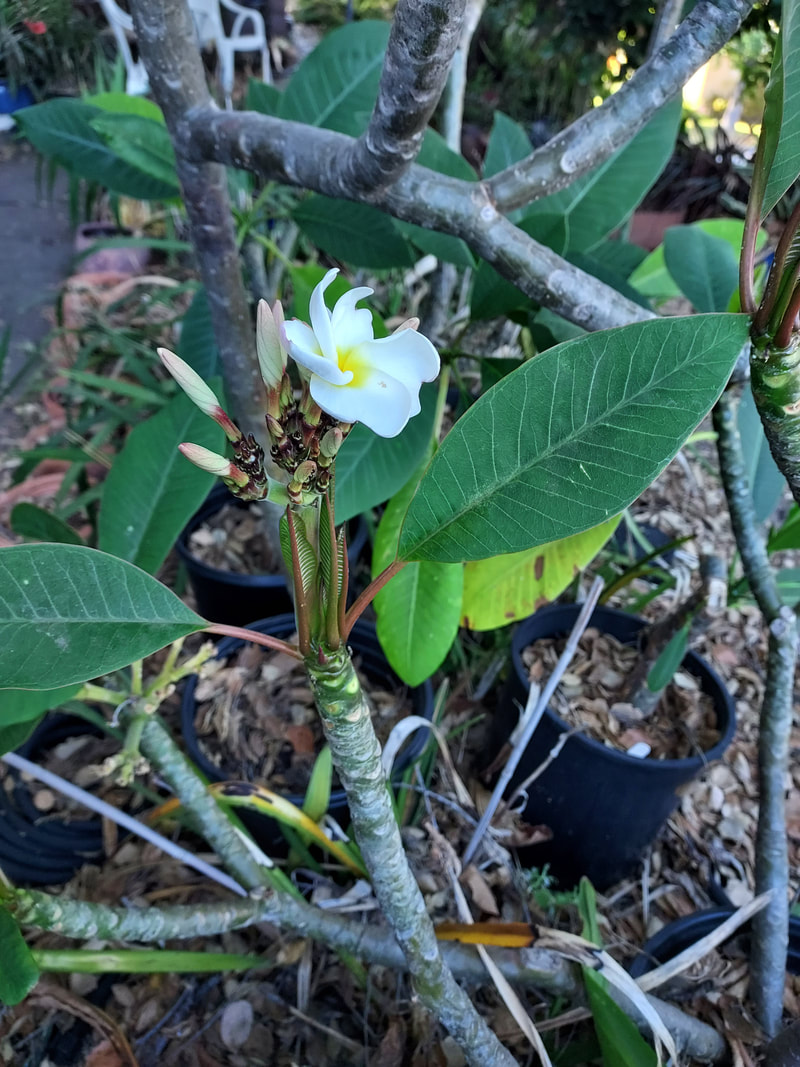
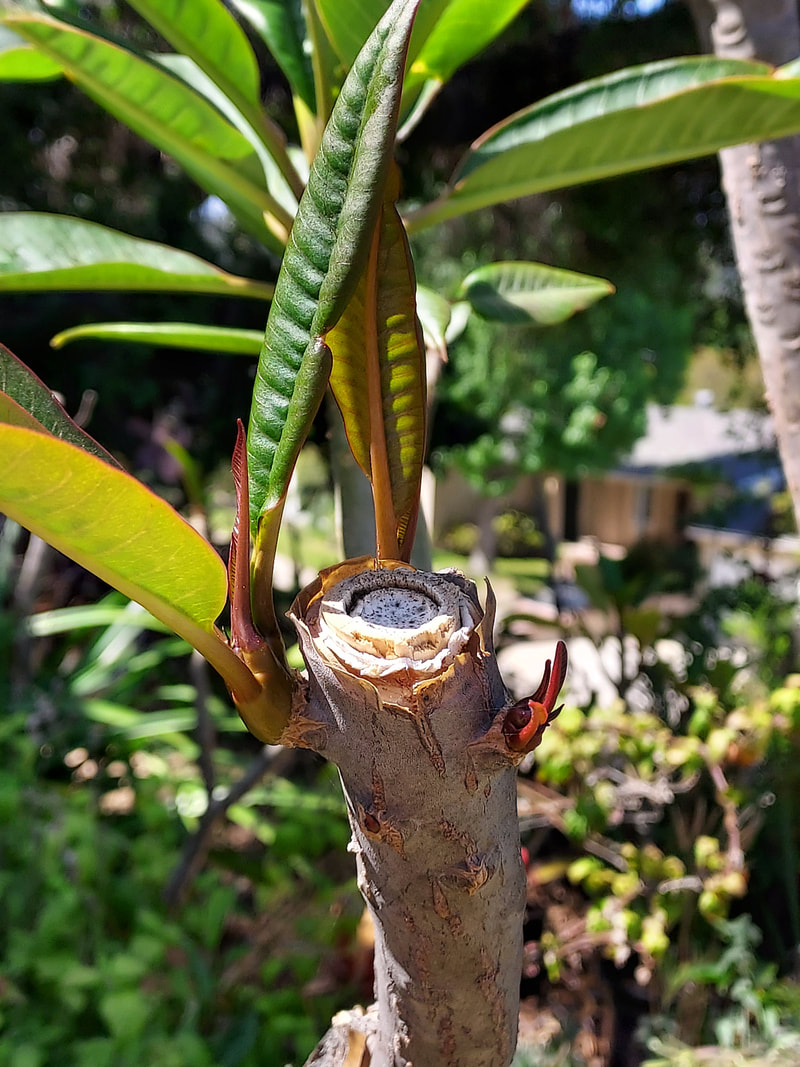

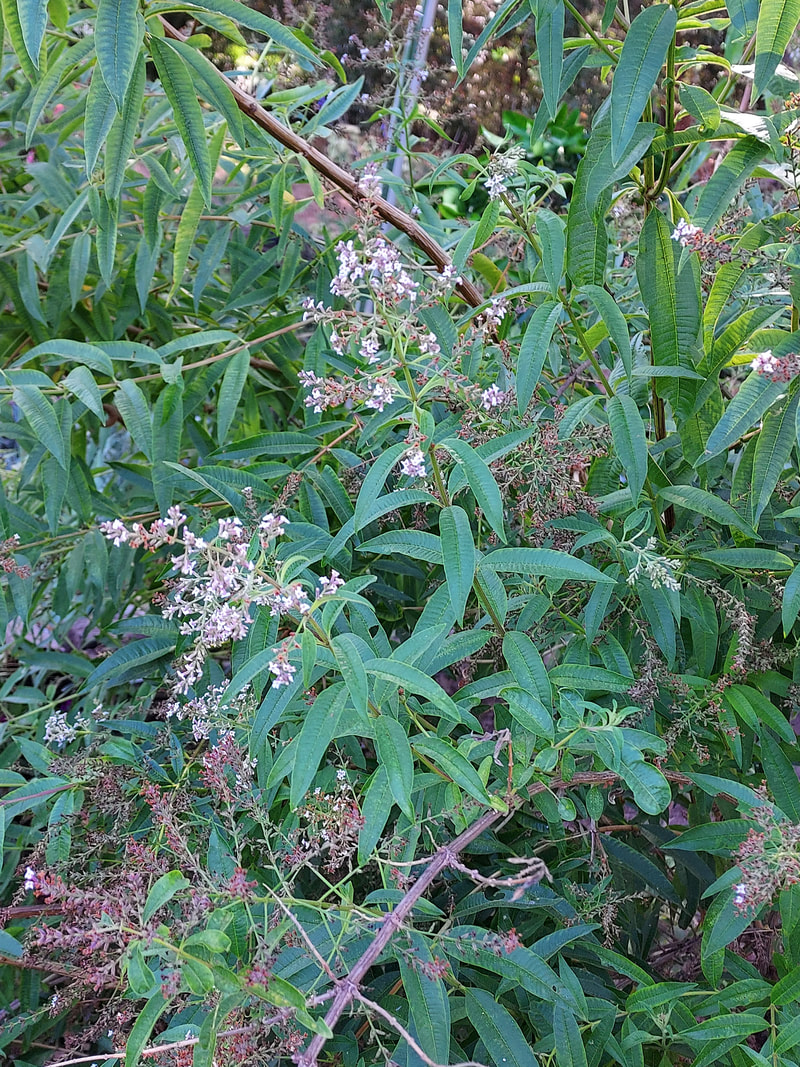
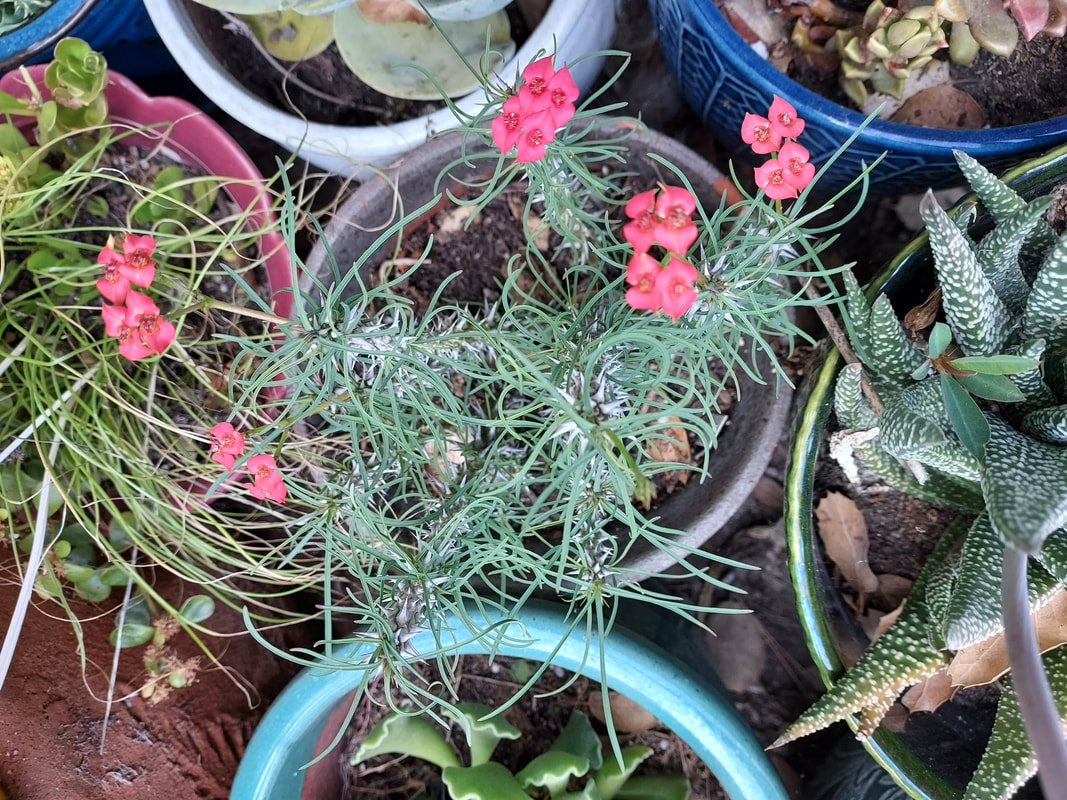
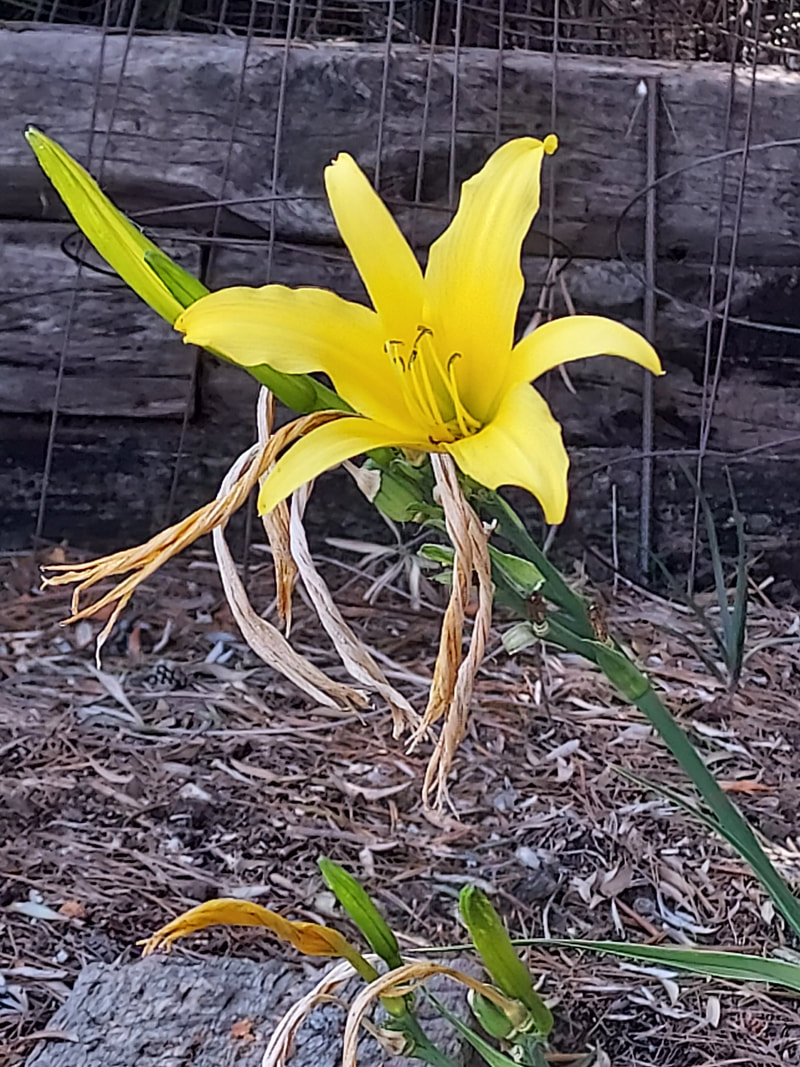
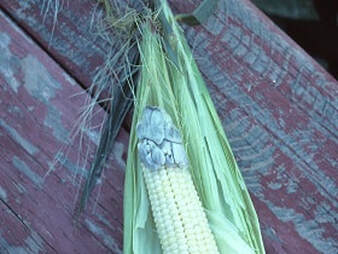
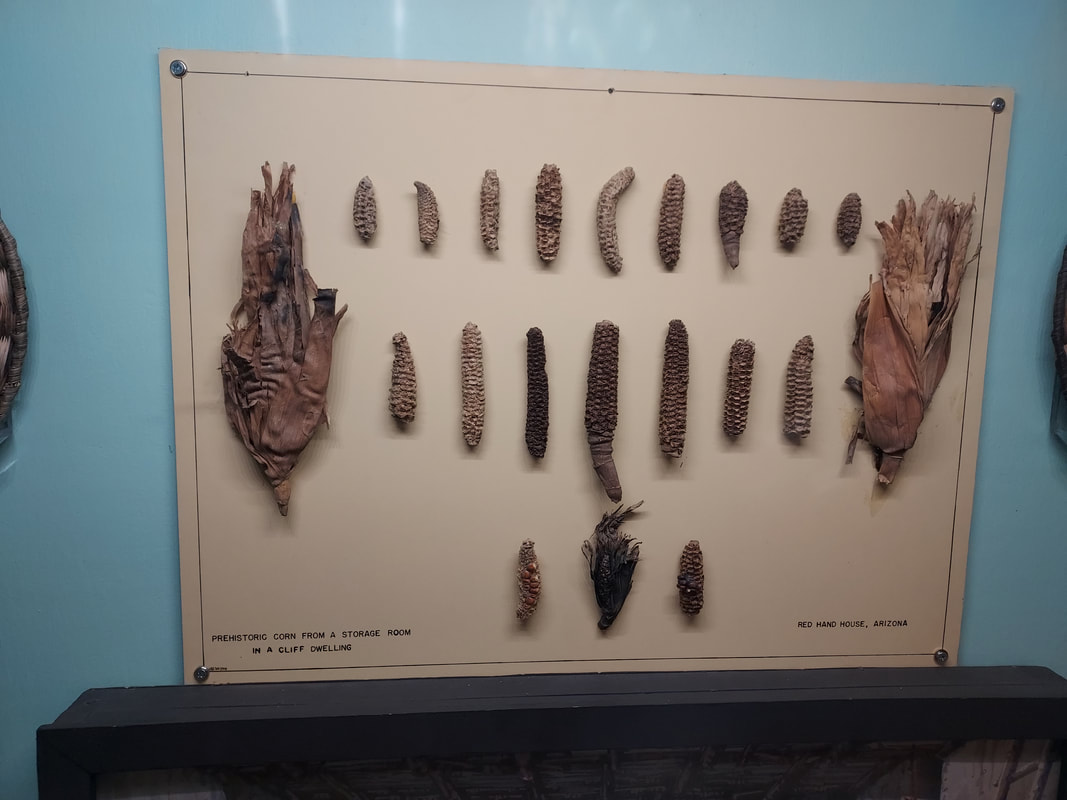
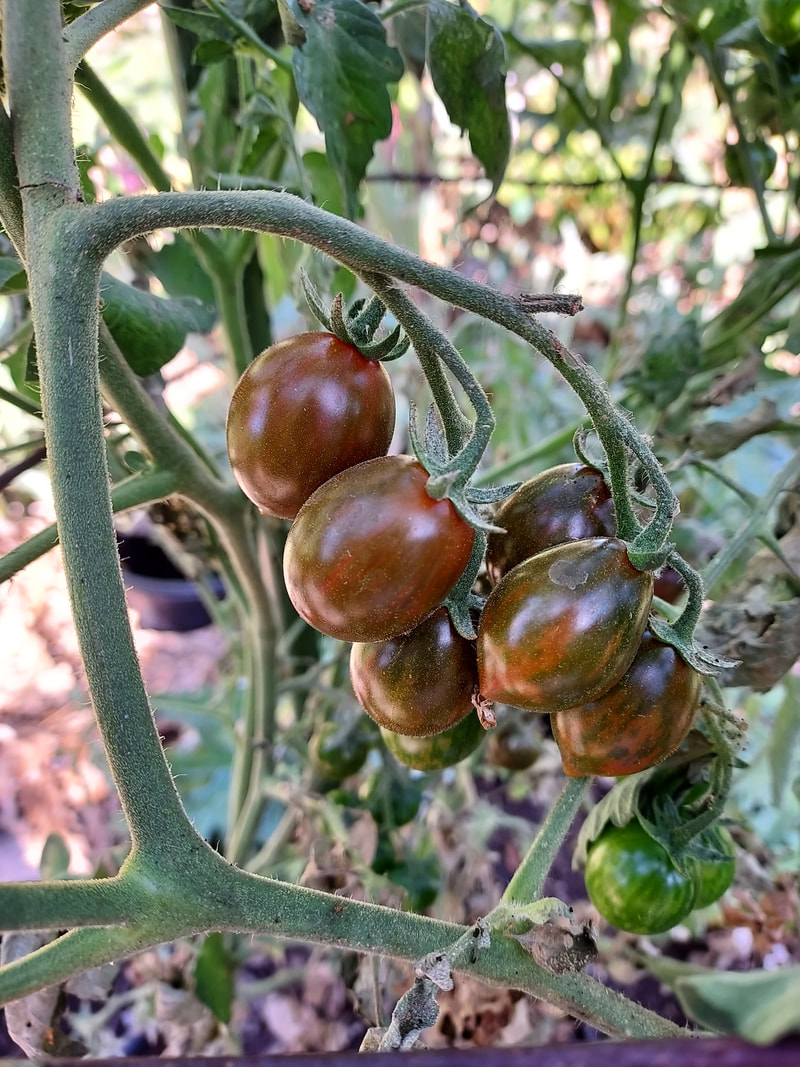
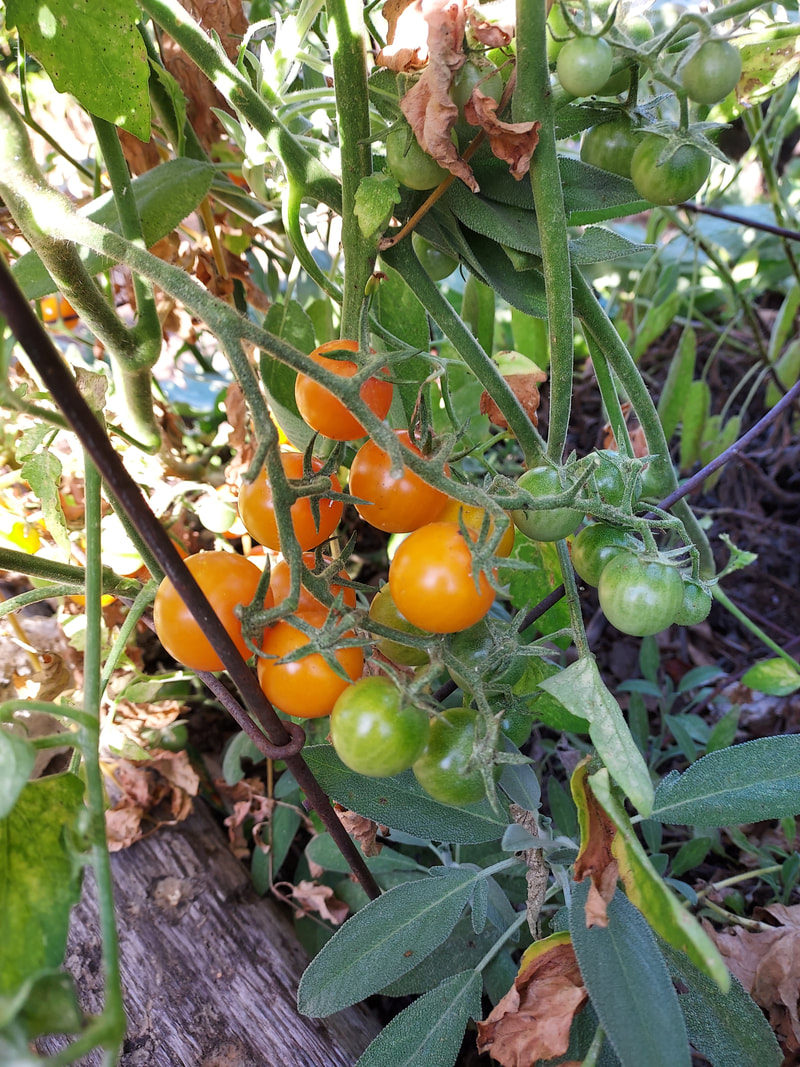
 RSS Feed
RSS Feed